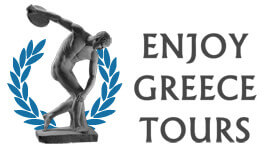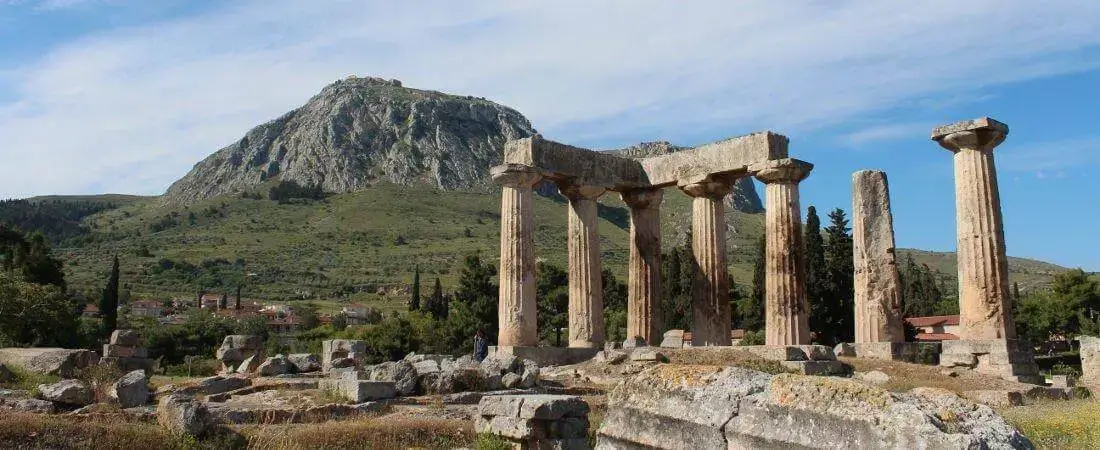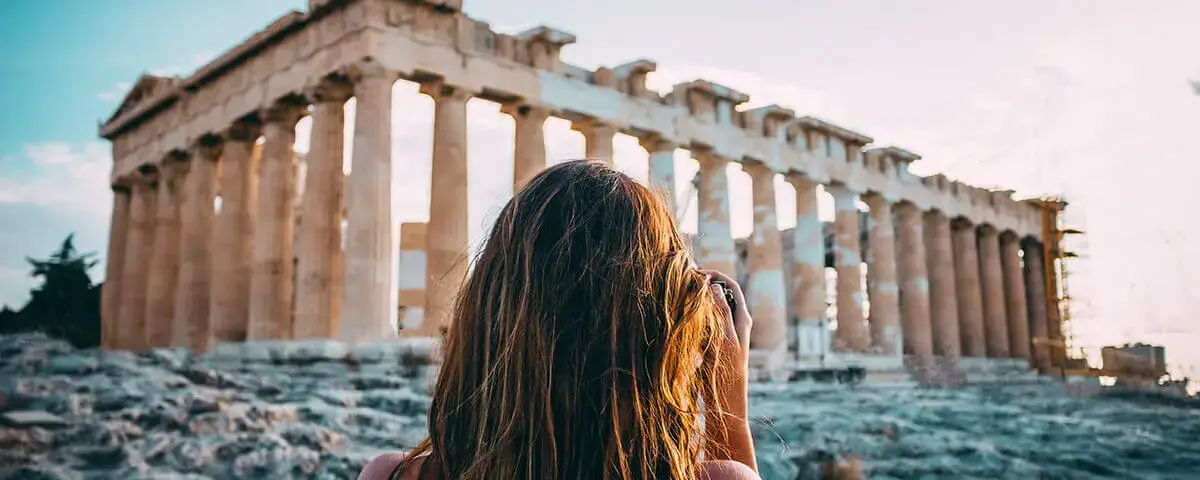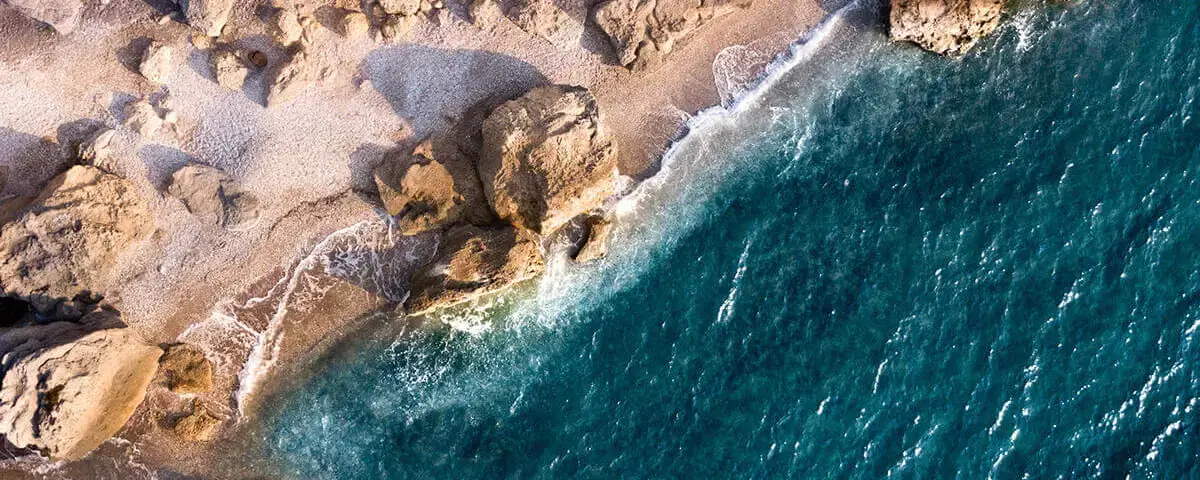Corinth is famous for several reasons, but how many people realise that there are three Corinths in the Peloponnese in Greece. There’s the modern city of Corinth which is like other Greek cities, with little to distinguish it, although Lake Iraiou is worth visiting if you are looking for a picnic spot, as is the Environment Museum of Stymphalia, which is close to another lake, Lake Stymphalia. The museum is the place to go if you want to learn about the Greek natural environment.
The Corinth Canal
Trips to Corinth from Athens usually begin at the Corinth Canal. The construction of the canal began in in 1881 and was completed in 1893. You can usually take a trip along it, unless it’s closed because of rockfalls which bedevilled the building of it. It wasn’t the success its builders had hoped for and was something of a white elephant.
Today there is little traffic on the canal as modern boats are generally too big to sail along it. The canal is only between 21 metres (69 feet) and 25 metres (82 feet). If you stretch (or if you have long arms) you can touch the sides from the deck. It is 6.3 kilometres long (3.9 miles). The best view of the canal is from the road bridge. That’s where you can take some stunning photos. There’s also a couple of watering holes near the bridge but take advice from Kostas about which one is best.
The canal links the Gulf of Corinth and the Saronic Gulf in the Aegean. It also separates the Peloponnese from the rest of mainland Greece, making it an island to all intents and purposes.
Ancient Corinth
Ancient Corinth was one of the Greek city-states. It is at the foot of the Acropolis of Akrocorinth a few kilometres from the modern city. Ancient Corinth was a prosperous place because of agriculture, which benefitted from its incredibly fertile soil. It was the tyrant, Periander, who organised the movement of ships and cargoes overland between the Gulf of Corinth and the Saronic Gulf. With the fall of the tyrants, around 550 B.C., the city of Corinth began an ambitious building programme that enhanced the city and its reputation within Greece. However, by the mid- 6th century Athens rose to prominence and Corinth lost its prestige.
It became a pawn in the power struggle between the various city states and lost its independence completely in 338 BC when Phillip of Macedon (Alexander the Great’s father) took over and made Akrocorinth the centre of The League of Corinth. The city remained a satellite of Macedonia, and later the Achaean League, until 146 BC when it was destroyed by the Roman general, Lucius Mummius.
It was Julius Caesar who breathed life into Corinth once again, when in 146 BC he re-established the city as a Roman colony. It became the capital of Achaea, the province in which it was located.
The city of ancient Corinth is famous because Saint Paul wrote his famous letter to the Corinthians and travelled there to speak to the inhabitants.
Today visitors to the site can only imagine the splendour of the city, as the only remnants of its past are the Doric columns which were once parts of the Temple of Apollo, built around 550 BC. There are the remains of the agora (marketplace) but most of the ancient buildings were destroyed in an earthquake in 1858. This year marked the founding of modern Corinth. Visitors can still wander around ancient Corinth and walk in the footsteps of St Paul.
Akrocorinth
Akrocorinth dominates both the modern city and the ancient one as it sits somewhat precariously on the top of the acropolis. It affords visitors spectacular views over the whole area but take a jacket as it is usually windy and cold at the top, in contrast to the city.
This city is an ancient one, having its beginnings in pre-Christian times. How do you get there? You go up from ancient Corinth. There are few road signs to direct visitors, so the best advice is to stop and ask locals how to get there, unless, of course, you are being driven by Kostas!
All the foreign conquerors left their marks on this city, so it’s a mixture of Frankish, Byzantine, Venetian and Turkish architecture.
This is a huge site and it may not be possible to take it all in during one visit. However, most people leave the upper city to visit another time, as it can be tiring if you have spent the day roaming around ancient Corinth and the Corinth Canal.
There’s a convenient taverna at the start of this city where you can have refreshments and a meal if you want one.
Not many tourists venture up to Akrocorinth, but it is impressive and worth visiting.





